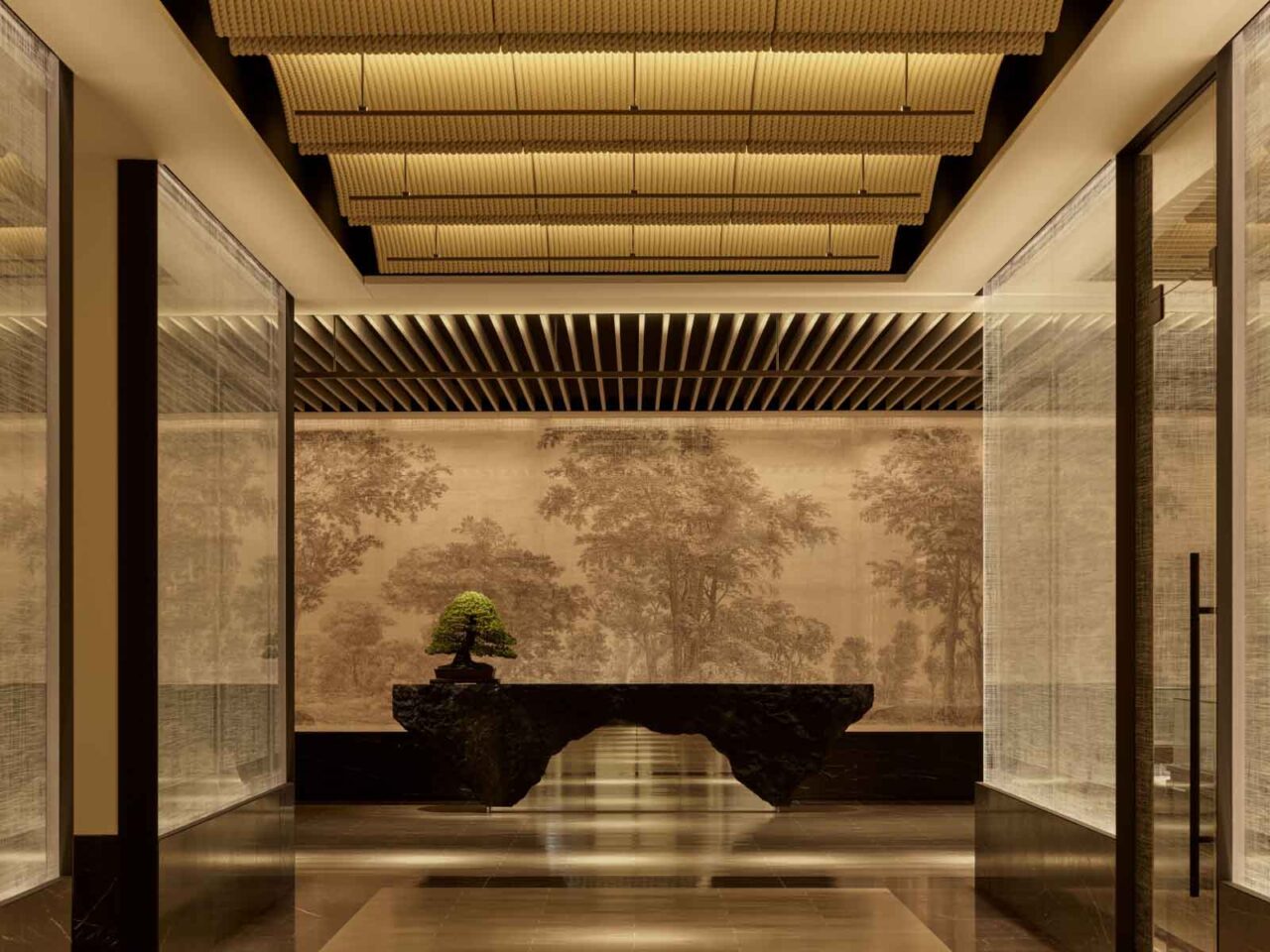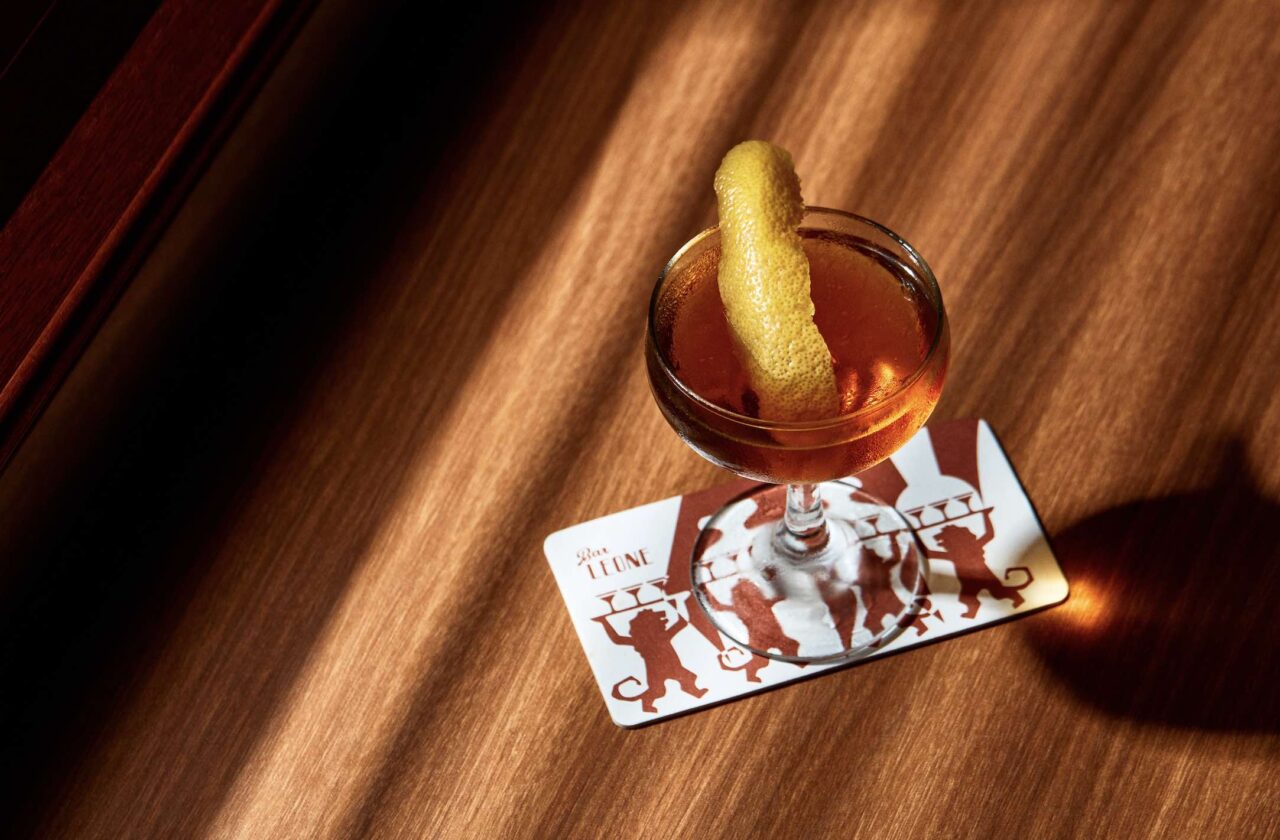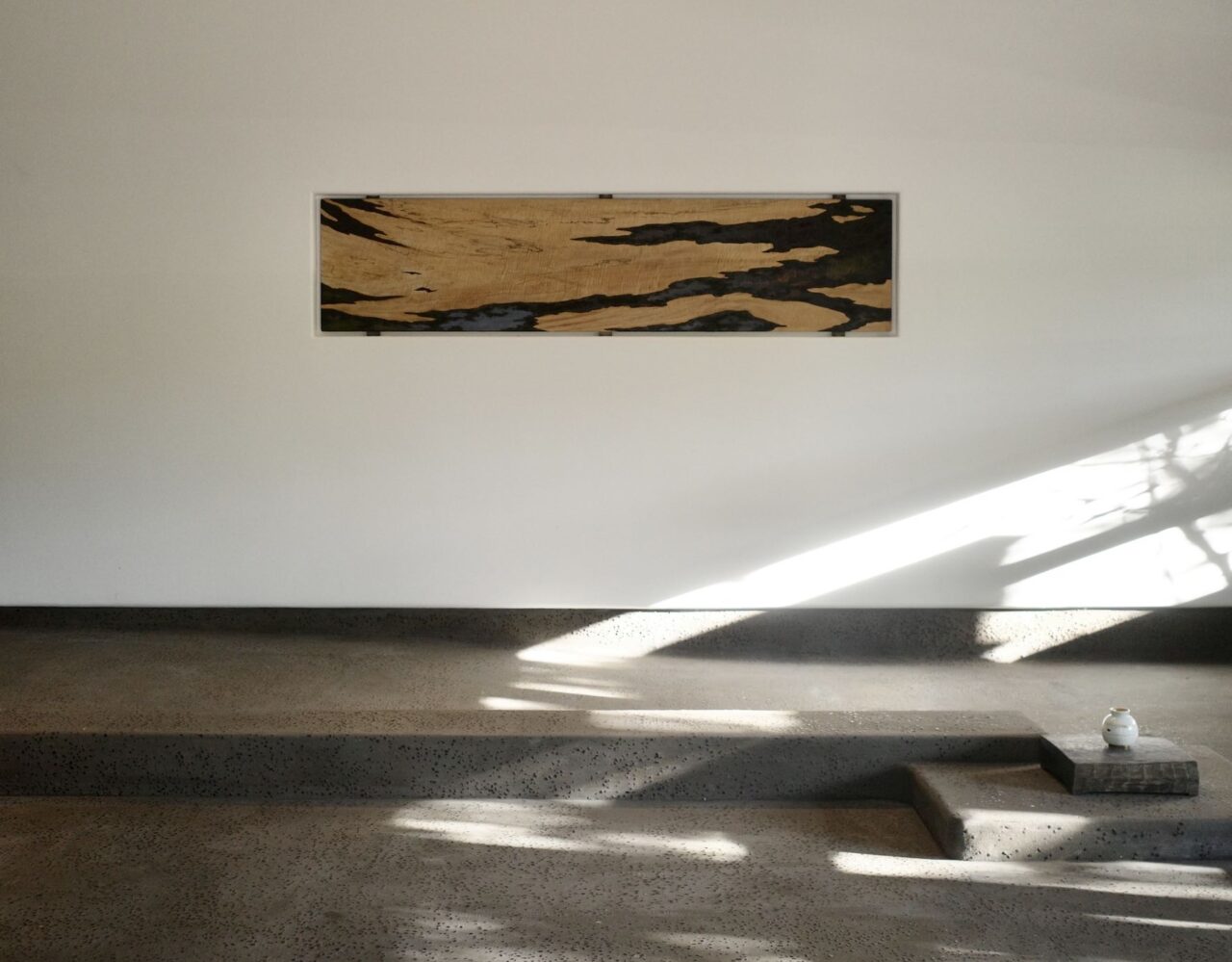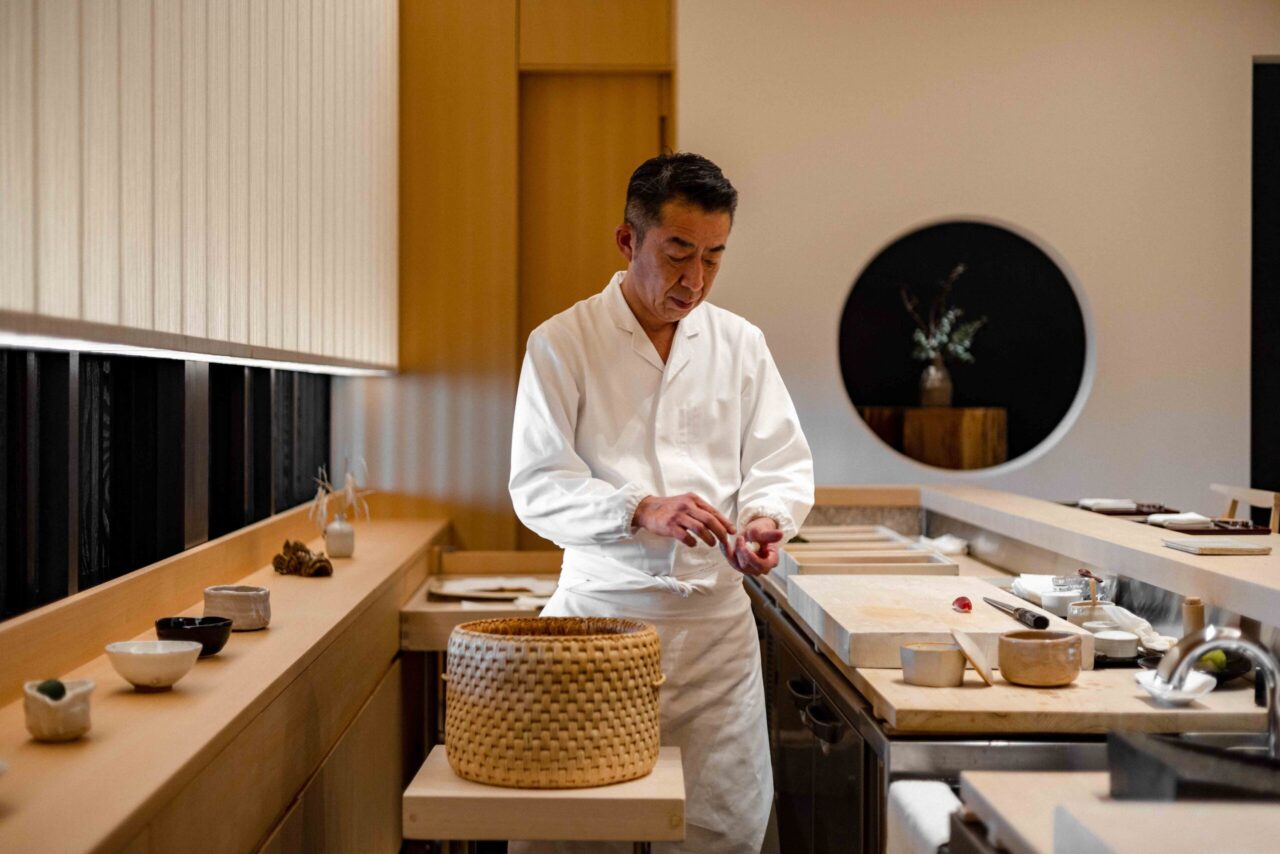Livia Arena
Leading Innovation And Progression in Fashion from Melbourne, Australia
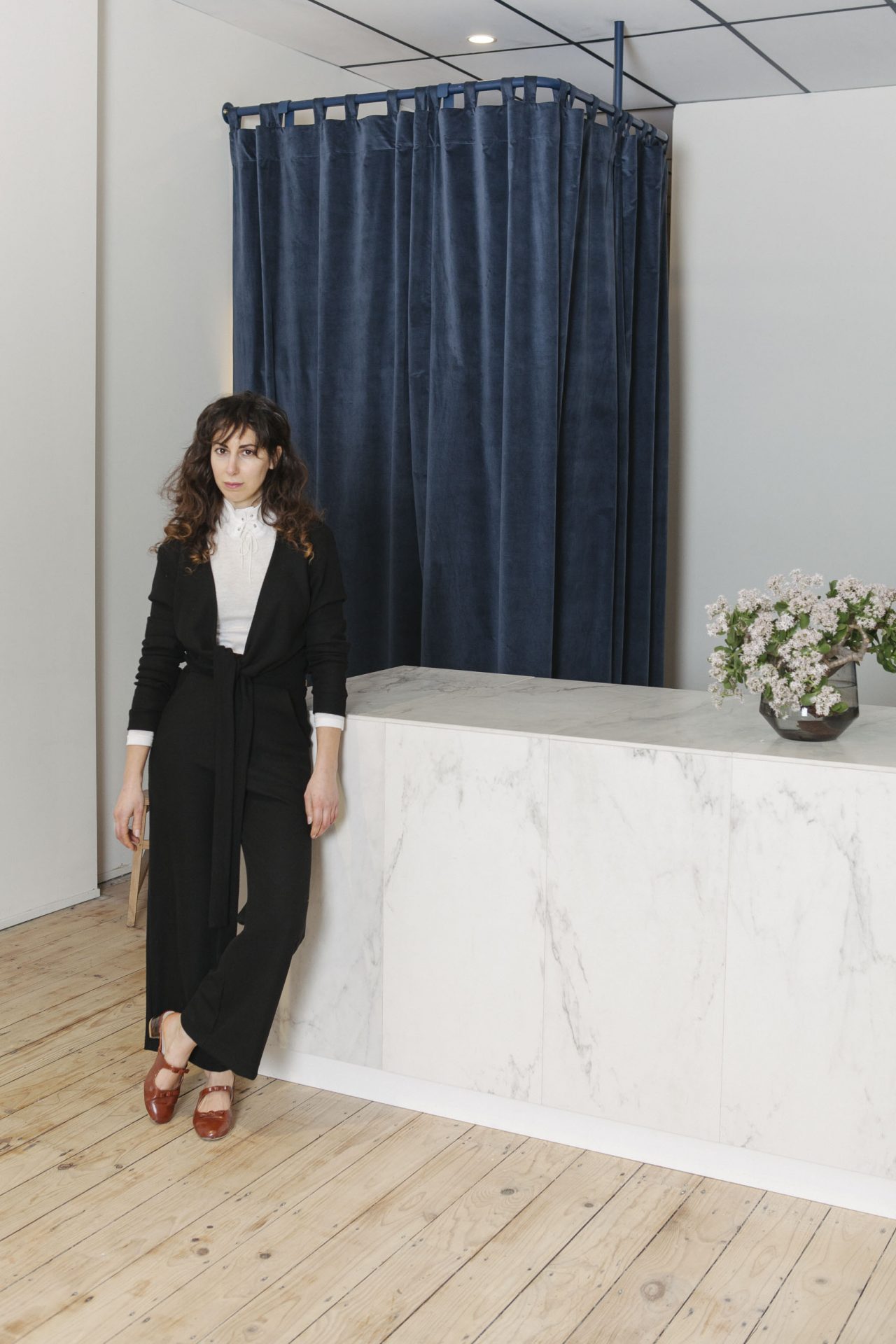
With a brand new studio-factory set up adjoining her flagship retail store, Melbourne-based Livia Arena is making waves. ‘Contemporary elegance with an exceptional quality in fabric and construction, all designed and made locally’ is perhaps the best way to describe her dedication to quality in garment design and textiles for each of her womenswear collections. Who else is both designing, producing and selling their own garments in-house in a self-owned studio-factory and retail store in the heart of Melbourne on Smith Street in Fitzroy? There’s an emphasis on reviving and supporting Melbourne’s skilled garment workers here too. It is a pivotal and unique business structure that few could lead.
Livia Arena’s garments are for the modern and confident woman. They are a reflection of classic elegance with a contemporary relevance of quality fabrics and impeccable construction. Each piece is sustainable in itself as it defies trends, and champions longevity that retains relevance for years to come. From her silk dresses, to strong contour-lined dresses and wide leg trousers. With everything made in-house, find Japanese fabrics and her self-sourced fabrics in Hong Kong from suppliers that work with European, Japanese, Korean and Chinese textile mills.
Arena’s British background brings her to Melbourne from Hong Kong, where she grew up and spent her youth, before moving to Australia when she was 18 years old. Her initial studies began with a Bachelor of Arts / Bachelor of Science at The University of Melbourne. Not long after, her passion for design and fashion took over leading her to start her very own label independently with an emphasis on utilising local producers, albeit declining and limited.
Through her ambitious vision, she has now set up her own factory-studio in early 2016, due to a notable decline in the number of craftsmen and factories locally. She explains, “It had also been difficult to reconcile poor production standards from external manufacturers. We decided to move to an in-house model to afford more control over the final quality of our products, and to have more transparency of our production.” However now, it has helped to “shorten our supply chain as much as possible, reducing our fabric wastage significantly by doing all pattern-making, pattern grading, and marker layout in-house.”
It’s hard to believe that this is all helmed by one person. Livia oversees all production, design and finances for her store and brand, to much surprise from the male-dominated manufacturing industry which she continues to hope to challenge. This year, she is even introducing a brand new line of “ethically produced, luxurious, and versatile garments at a lower price-point for the modern everywoman, with a focus on intimates and swim.” Ambitious and dedicated perhaps best describe Livia, who’s humble and no-fuss pragmatic nature equips her to stay “inspired by a drive to make a real positive change in the fashion industry.”
We sat down with Livia in her light-filled Smith Street store to get to know more about her production, from challenges to positive growth.

Joanna Kawecki: Please tell us how you started your day today:
Livia Arena: This morning I woke up really early to beat the traffic and get across town and back before 8. I was visiting one of the artisans we’re working with for our upcoming Spring/Summer collection – a hand pleater located in one of the last industrial manufacturing zones in the far West of Melbourne and the last specialty pleater left in the state. So I guess it was a pretty rushed start to the day!
How would you describe the ‘Livia Arena’ customer?
Having our own store has given us a new insight into our customer. What it’s told us so far is that our customer base is extremely diverse, in terms of age, profession, and even gender – we’ve sold as many coats to men this season as we have to women. The commonalities we find in our outwardly disparate customers are a free-thinking approach to fashion, and a strong social conscience which drives their desire to find locally and ethically made garments.
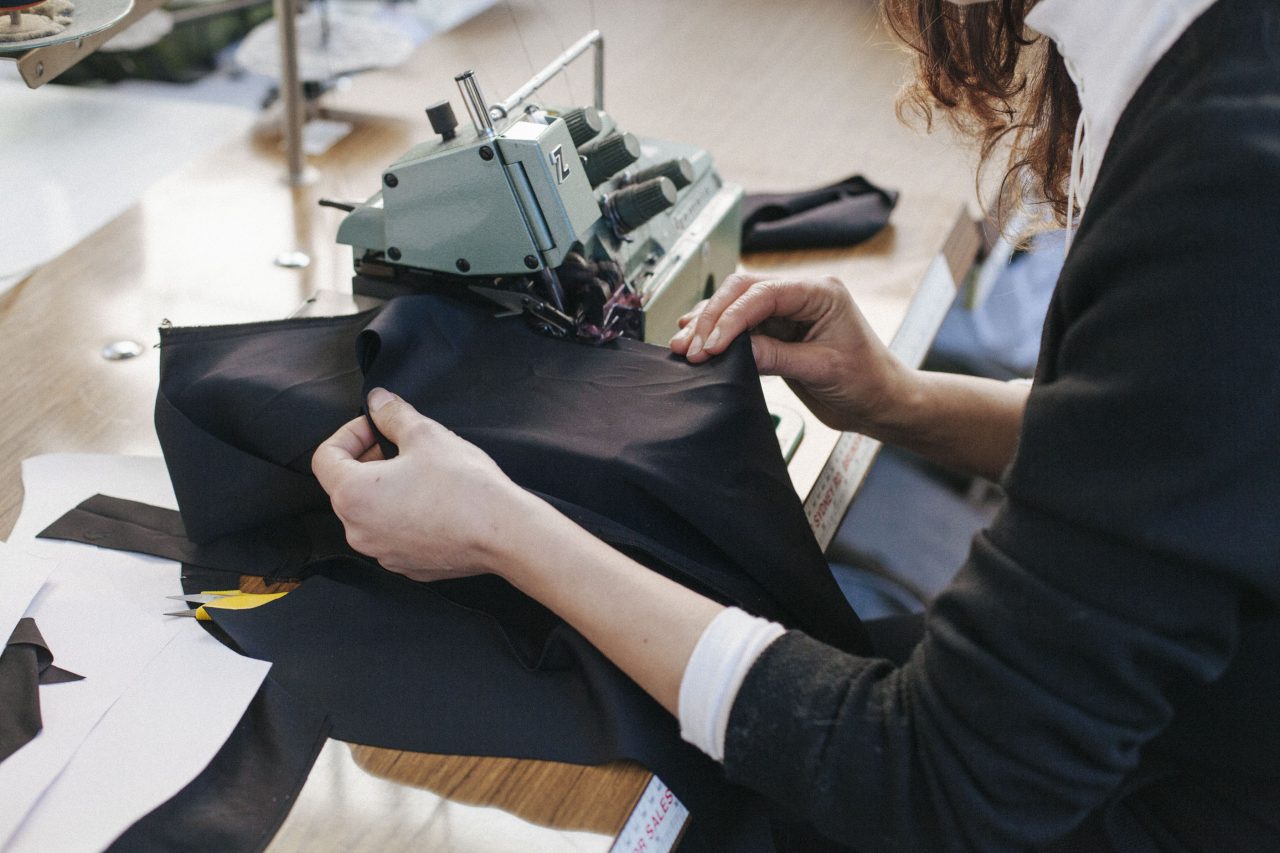
My design process stems first and foremost from my fabrics. Their textures, colours, drape, and handle are the real starting points for my work.
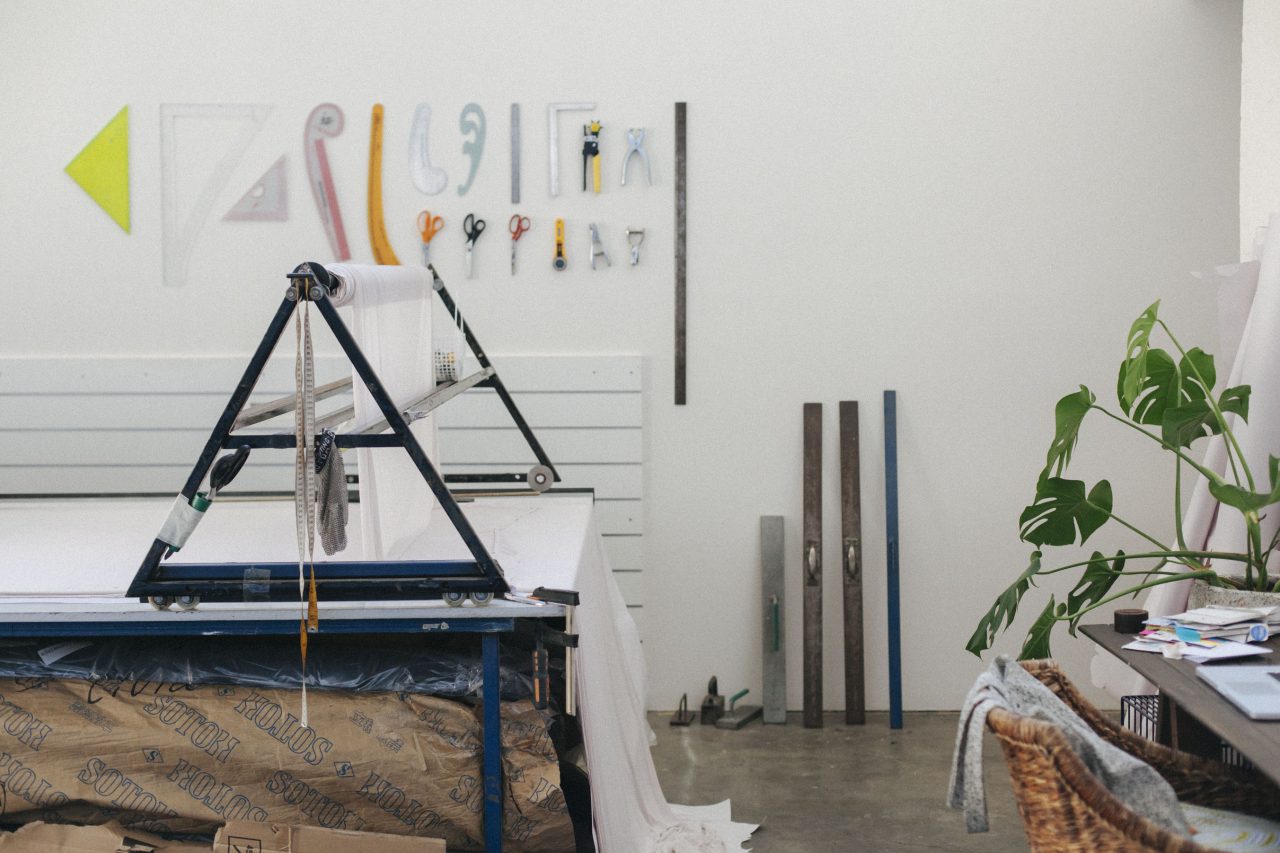
How do you approach each season / collections’ design? Do you have a mood board or sketches?
When I am planning each collection, I begin with an idea or a feeling that I want to imbue the collection with. I find that mood boards are useful for encapsulating the feeling and overall vision of each collection. I usually arrange various references, such as swatches of fabrics, colours, textures, and images, until it feels right.
My design process stems first and foremost from my fabrics. Their textures, colours, drape, and handle are the real starting points for my work. Despite having a very strong visual imagination, I don’t like to sketch my ideas. I find that when I commit ideas to paper the two dimensional form is never quite representative of what I imagine. Instead, my process involves making two-dimensional patterns from my visual memory, which I then use to create toiles. I reiterate this process until the physical manifestation of that sampled garment aligns with the image in my mind.
As an independent designer in Australia, is there much support from local fashion councils or communities? And in what way?
Regretfully, there isn’t enough accessible support for people trying to operate in the local textile and fashion industry. It’s a difficult industry to survive, let alone innovate, within. Our local industry has undergone a huge change in the last 30 years, in terms of manufacturing moving off-shore, and the globalisation of fashion labels. Unfortunately, our government and organisations haven’t been able to respond to these changes well enough, and we are seeing the demise of what was once a thriving industry. It would be great to see more proactive support for businesses like us that are striving to change and challenge the prevailing model of fast fashion and off-shore production.
Please tell us a bit more about your beautiful new store on Smith St. How did this location come about, and how did you decide it was time to open a stand alone store?
In January last year, we started our own in-house factory and coincidentally, a number of our local stockists began closing down. At that time we felt that our brand had been built up enough over the previous 6 years and developed enough of a loyal following that it was ready to sustain itself in a standalone store. When we outgrew the capacity of our first factory space, we began looking for properties that would allow us to have everything on the one site, harking back to the heritage style business model of manufacturing and selling in the one place. Although we are modelling our business on an older, slower paced idea, we are able to improve efficiency immensely by operating from the one location. Our garments are embedded with fewer carbon miles, there is less wastage, and we are able to turn things around a lot faster than other operations.
Our store is located in an extremely interesting area of Melbourne. We chose Collingwood as it was previously the hub of clothing manufacturing in the inner north of Melbourne, and currently has an incredibly diverse demographic of residents that we felt would resonate with our brand. There is a real sense of community in this neighbourhood, and we’ve luckily been welcomed in, both by residents and other Smith St traders.
Our store is designed to provide a clean, yet considered, backdrop to our changing collections. Our custom powder coated mild steel racks dart in and out of the ceiling, walls, and floor, providing a sense of mechanical dynamism that is carried through the lofty blue ceiling grid. Carrara marble is scattered throughout our space, in our polished terrazzo as well as our monolithic counter. Plush velvet curtains and blonde timber help to soften and provide a necessary warmth to our otherwise hard space. We furnished our space with locally sourced oak from my family farm in country Victoria. It comes off as a quite a large and intimidating space due to its minimalist nature, but our warm staff and personal connections to all of the materials in the space (for example the range of ceramics by my mother), work to soften and make this space a relaxing place to be.
I am not oblivious to the fact that there will always be a desire for fast fashion. This shouldn’t stop every business, large and small, from doing their bit to improve the sustainability of the industry in every way that is possible for them.

Producing locally, it sets an example of conscious and responsible design. Was this your intention to be a sustainable designer? And in today’s ‘fast fashion’ cycle, how important is it for designers to work responsibly, albeit the pressure of sales and seasonal collections?
At the beginning of my career as a designer, it wasn’t necessarily my intention to be known as a sustainable designer. Seeing our local industry disappear and move off-shore, as well as the changes to the retail landscape of late have greatly influenced me towards becoming a more conscious designer. We’re actively working towards more sustainable design practices in our collections, and having an in-house factory is making this idea more of a practical reality. We are working to shorten our supply chain as much as possible, and we have reduced our fabric wastage significantly by doing all pattern-making, pattern grading, and marker layout in-house.
We are also very excited to be launching something – a separate venture, if you will – in the next 6 months that will be dedicated to slowing down the fast-fashion cycle. This will be a line of ethically produced, luxurious, and versatile garments at a lower price-point for the modern everywoman, with a focus on intimates and swim.
I am not oblivious to the fact that there will always be a desire for fast fashion. This shouldn’t stop every business, large and small, from doing their bit to improve the sustainability of the industry in every way that is possible for them. Every designer should be striving to work as responsibly as they feasibly can within their niche of the market place. Having said that, the tricky thing in claiming to be a sustainable designer is that the knee-jerk reaction is try and pull you up on every factor, which is an unrealistic ideal to hold people to. We’ve seen so many designers trying to make positive changes to their practice being hit hard by the public, which itself discourages other designers to make moves towards achieving sustainability. It’s simply a factor of being a small business that you can’t cover every base – you just don’t have the power to be across 100% of the supply chain. Many designers are trying to make improvements to their practice, and this act should be encouraged in every way. In setting up this new venture, we have the luxury of getting things right from the start, and we plan to be as sustainable and ethical as a business of our scale can be.
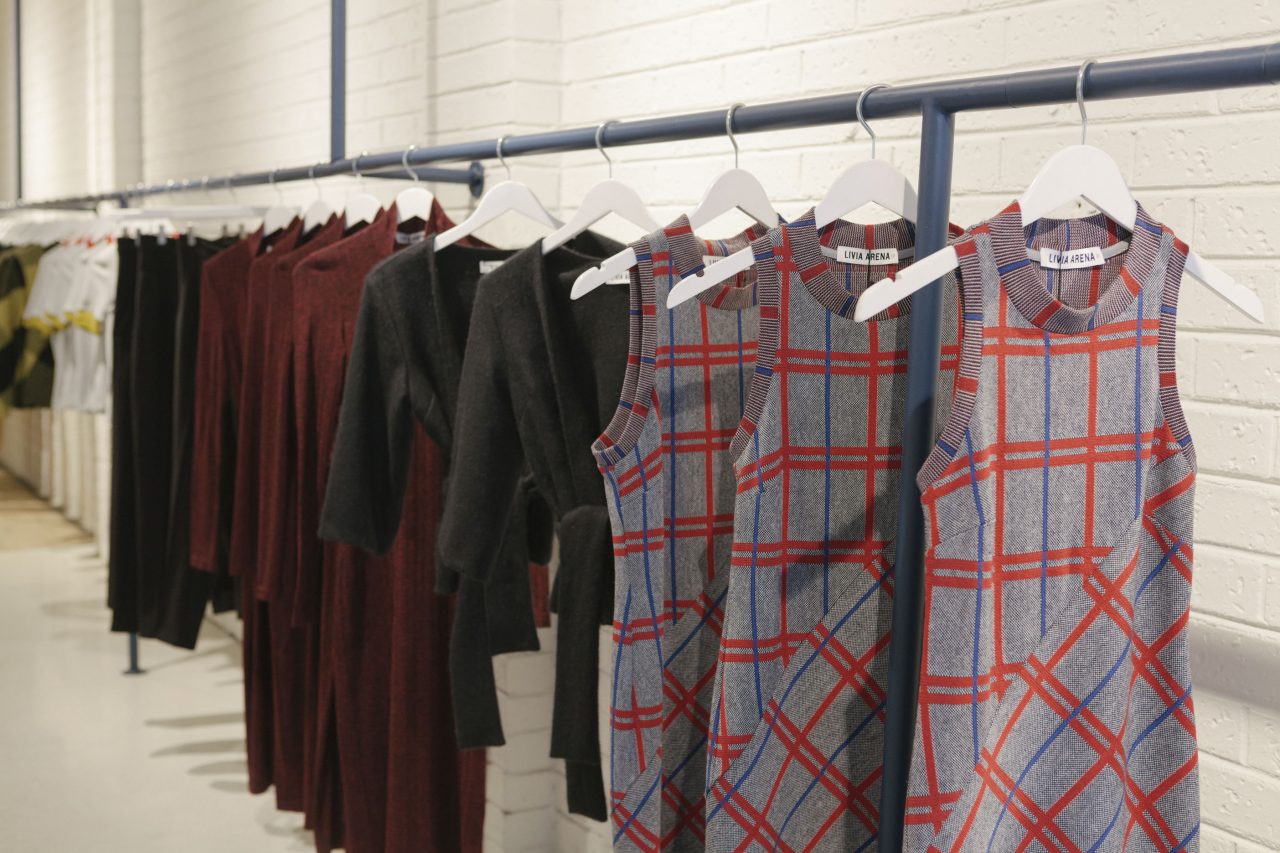
What music are you currently playing in the store?
We’re currently playing an eclectic mix of Alice Coltrane alongside Arthur Russell at his deconstructed disco best.
What inspires you daily?
I’m inspired by a drive to make a real positive change in the fashion industry. Although it is always hard to forge your own path, I do have a belief that there is a better way of doing things, and trying to find this is what is giving me the momentum and ambition I need to make things happen day by day.
What other women inspire you?
I place a high value on the importance of strong female role models. The unfortunate reality is that I still deal with inherent sexism on a daily basis. For the large part, if a woman is trying to do something on her own there is still a pushback, particularly within this male-dominated manufacturing industry. For example, twice in the last week different people within my industry have implied that there must be a man overseeing the operation and financing of my business and I regularly get mistaken as the employee of my much younger male employees.
I appreciate and am inspired by every woman who is having to push back against any male-dominated industry and make her own way forward.

This article comes in cross-collaboration with our friends at Melting Butter.
Visit Livia Arena‘s flagship store in Melbourne, or online here.



















